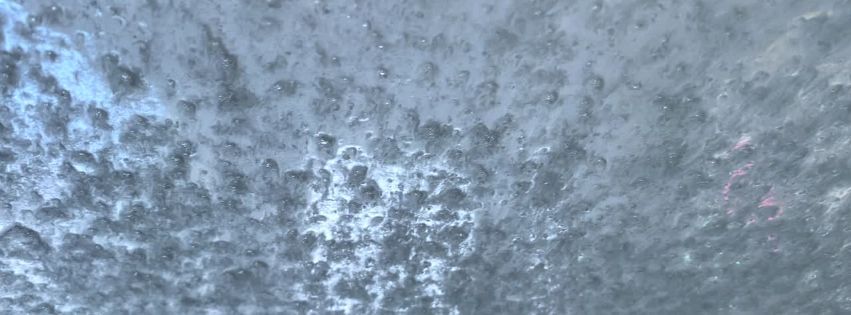Understanding Surfactants: The Science Behind Soaps and Detergents
How surfactants clean, why they matter—and what happens when they hit wastewater systems

In our everyday lives—whether washing dishes, doing laundry, or scrubbing surfaces—one often overlooks the unsung chemical hero: the surfactant. As explained by Moleaer Inc. in their blog “Understanding Surfactants: The Science Behind Soaps and Detergents”, surfactants are the key compounds that make cleaning possible. Let’s unpack this together: how they work, the types you’ll find in your products, and why their story doesn’t end at the sink.
What are surfactants and how do they work?
The term “surfactant” is short for “surface-active agent.” These molecules have a clever structural trick: one end is hydrophilic (water-loving) and the other is hydrophobic (water-hating or oil-loving). Because of that, they can operate at boundaries—like the interface between water and oil or a greasy surface.
Here’s what happens in cleaning:
- The hydrophobic “tail” of the surfactant zeroes in on oils, grease and dirt, while the hydrophilic “head” remains in the water phase.
- When enough surfactant molecules are present, they self-organize into micelles—tiny spherical structures whose tails form the interior (trapping oil/grease) and heads face the external water.
- These micelles keep the dirt/oil suspended so it can be rinsed away—making the “magic” of soaps and detergents visible.
So, in short: surfactants allow things that normally don’t mix (water + oil/grease) to play nicely—thus enabling cleaning.
Types of surfactants and where you find them
Not all surfactants are identical. The classification often depends on the electrical charge of the hydrophilic head-group. Some examples:
- Anionic: Negatively charged heads. Common in many detergents and soaps because they’re strong at lifting dirt. For example, Sodium Lauryl Sulfate (SLS) is used in liquid soaps and shampoos. moleaer.com+1
- Cationic: Positively charged heads. These often serve as disinfectants, fabric softeners, or hair conditioners (think: binding to negatively charged surfaces like fabrics or hair).
- Non‐ionic: No net charge on the head. Useful where sensitivity is needed (e.g., eco-friendly cleaners, mild formulations).
- Amphoteric (or Zwitterionic): Heads that can carry both positive and negative charges depending on pH. These surfactants are often used in personal-care because of their gentler properties.
Why surfactants matter beyond just cleaning
It’s all well and good that we can scrub away grease or wash our clothes— but there’s more going on behind the scenes, especially when surfactants end up in wastewater.
According to Moleaer’s analysis:
- Our increased reliance on cleaning and disinfecting (especially in industrial settings) means higher concentrations of surfactants in wastewater streams.
- Surfactants can interfere with wastewater-treatment processes. For example, they may inhibit the biological activity of bacteria that break down organic matter. They can also lead to stable emulsions of fats/oils/grease (FOG) that are hard to separate and remove.
- The bottom line: elevated surfactants in wastewater can reduce treatment efficiency, raise operational costs, and potentially harm treatment-plant performance and compliance.
In other words: what helps us clean up may create a cleanup problem later on.
Practical take-aways and thoughts
- When choosing cleaning products (especially for large scale or sensitive uses), be aware of the type of surfactant and its potential environmental footprint.
- For industries and wastewater-managers: monitoring and managing surfactant load is more than just “rinse and forget.” The type and concentration matter because they can modify treatment-plant behaviour.
- For the average household: surfactants are safe when used properly—but the ecological side (wastewater, treatment plants, downstream ecosystems) invites awareness.
- The trend toward bio-surfactants or greener alternatives may be worth watching, as the industry recognizes the downstream consequences.
Conclusion
Surfactants are fascinating little molecules—they sit at the intersection of physical chemistry (hydrophobic/hydrophilic duality), everyday utility (cleaning products), and environmental science (wastewater impacts). From lifting grease off your dishes to influencing how well a municipal treatment plant runs, their influence is broad.
By understanding what they do (reduce surface tension, form micelles) and why their classification matters (anionic vs cationic vs non-ionic vs amphoteric), we get better informed consumers and, when needed, better managers of systems that handle their “after-life.”
